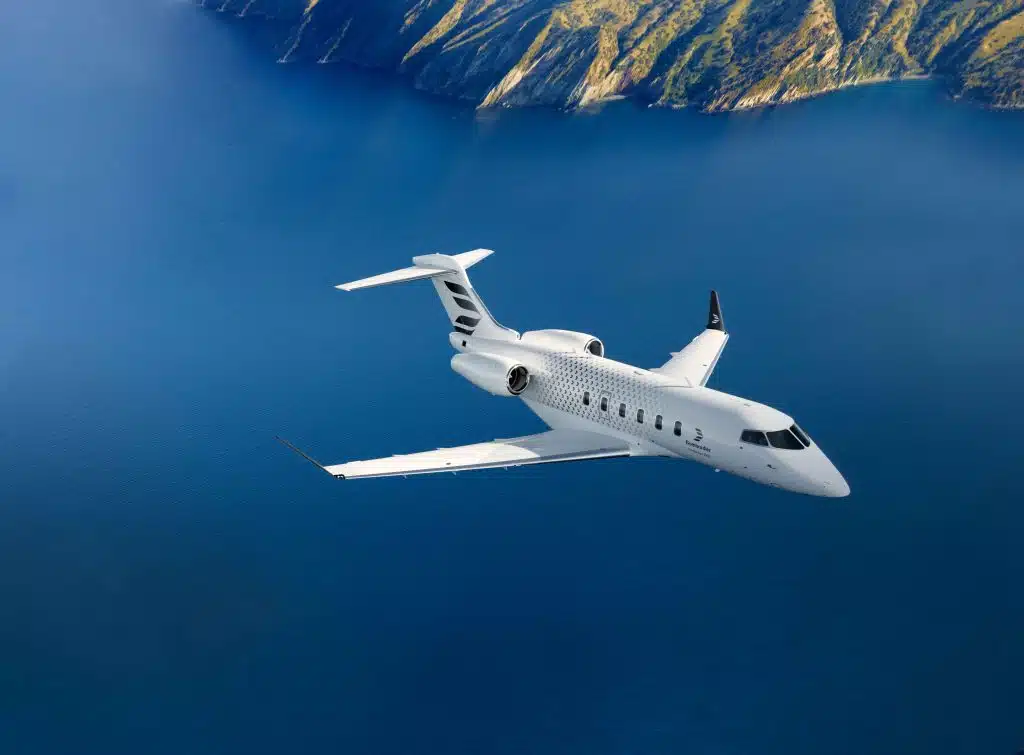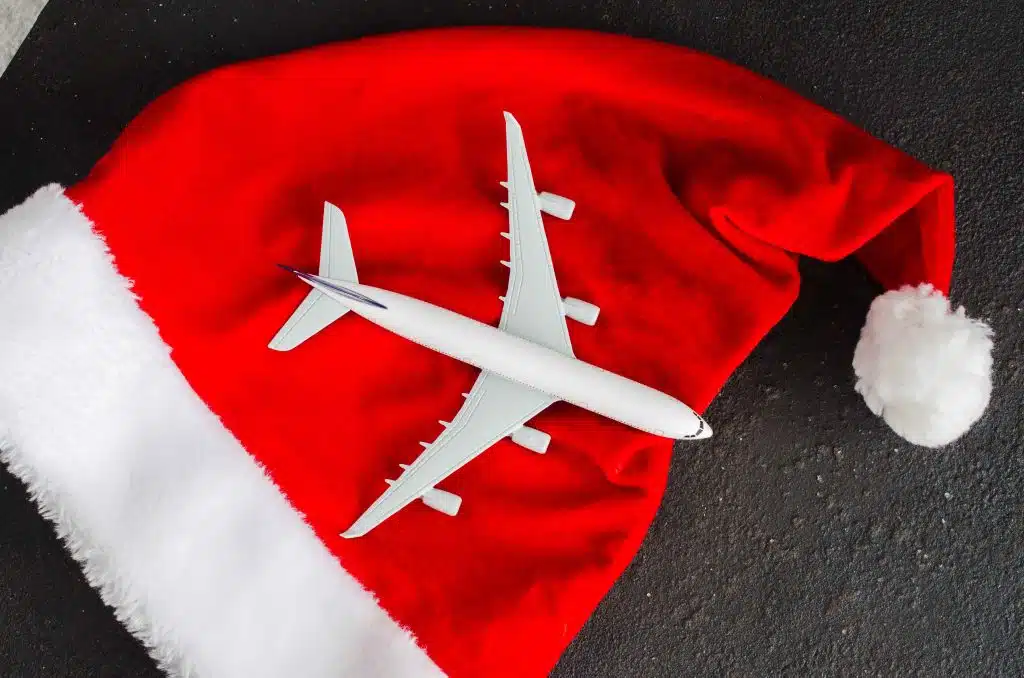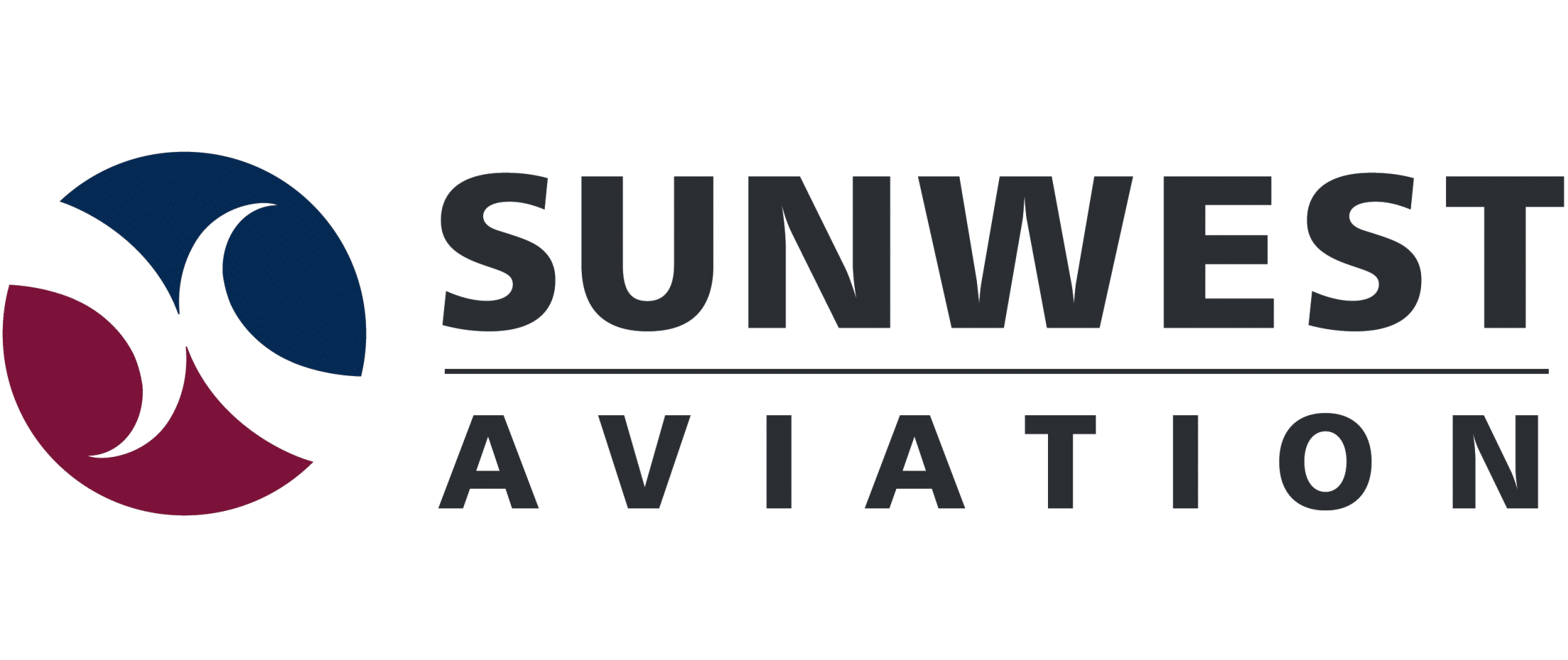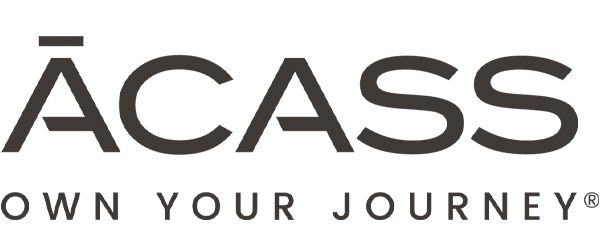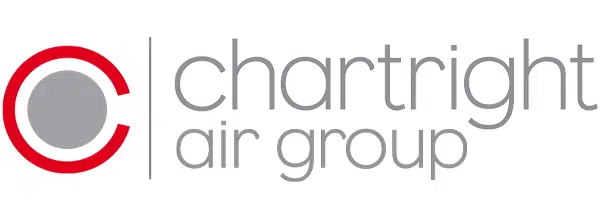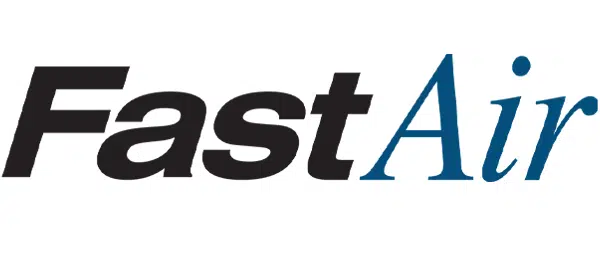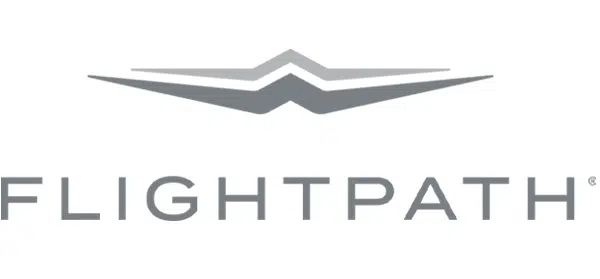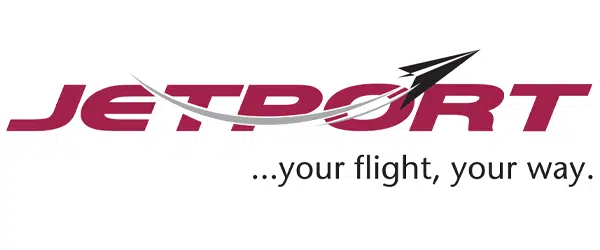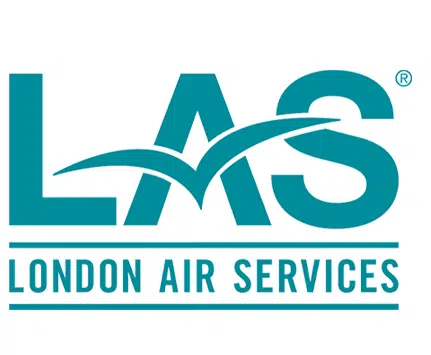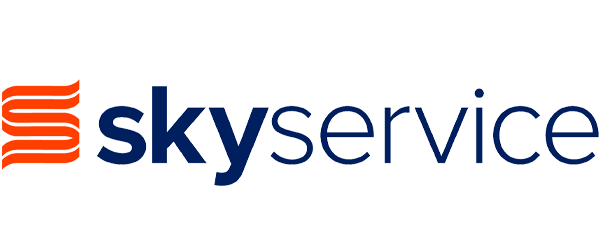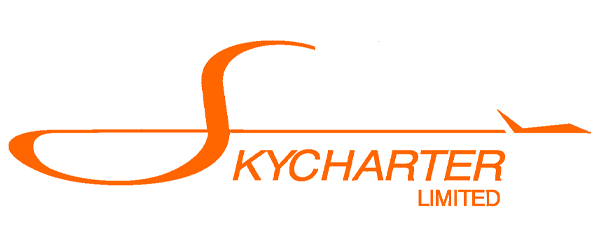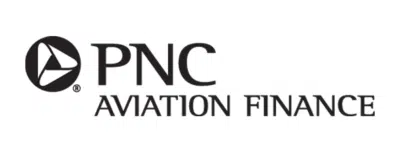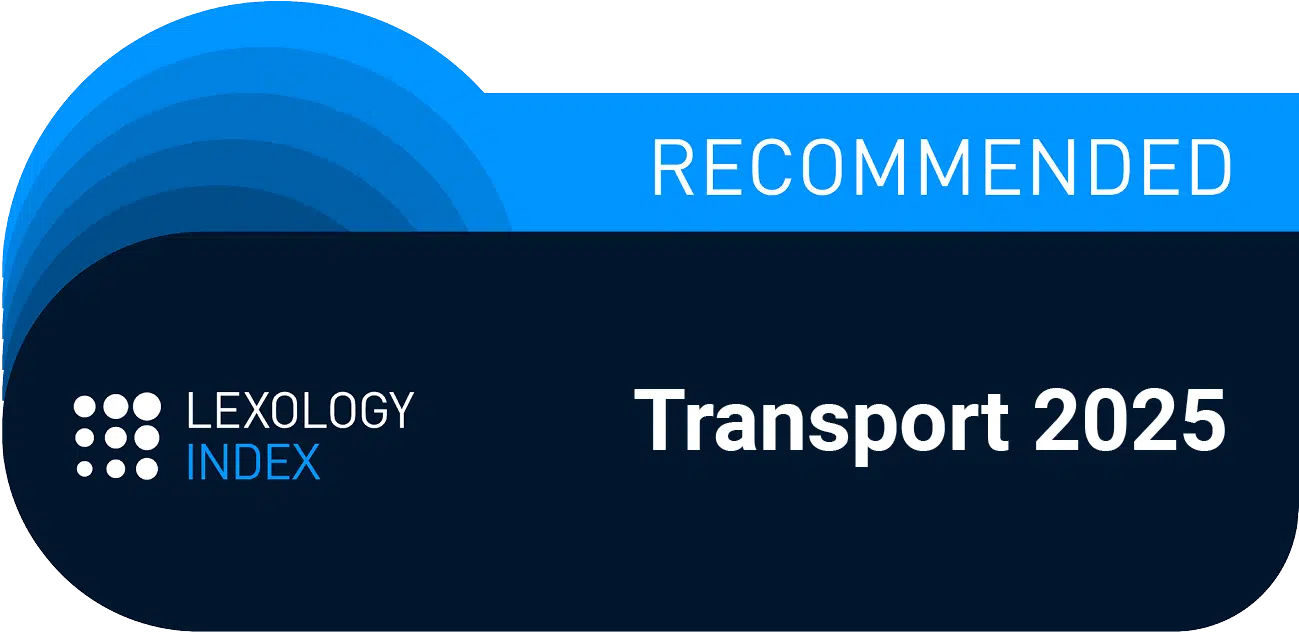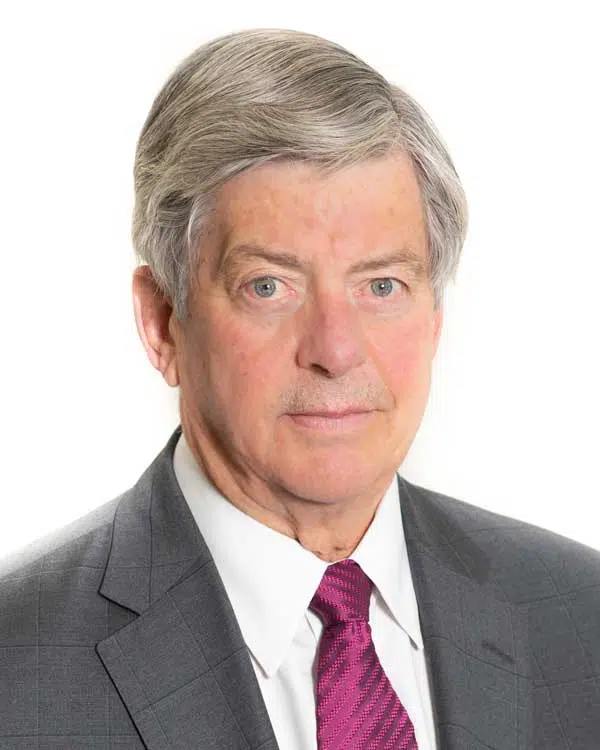Standing (Blanket) Special Flight Operations Certificates
For example, when the top of the Toronto’s CN Tower was lifted into place using a helicopter, it was carried out in accordance with and under the authority of an SFOC.
To date, Transport Canada has reacted relatively swiftly in dealing with the rapidly expanding demand for commercial UAV operations. In addition to the two basic weight-based Ministerial Exemptions issued earlier this year (>2kg & 2-25kg), Transport Canada has developed and refined Staff Instructions to assist its inspectors with the issuance of SFOCs and to promote nationwide consistency in the processing of such applications.
However, as UAVs become more accessible and user-friendly, they will begin to carry-out more routine tasks, such as filming a bird’s-eye view of a newly listed house for sale. Such routine movements will tend to share similarities, such as operational risks, required pilot/operator training, surrounding airspace classifications and restrictions, etc. In addition to these commonalities, commercial opportunities utilizing drones are seemingly arising more rapidly, and in need of prompt service than previous SFOC flights. Accordingly, in order for UAV operators to effectively service the needs of their customers, they will require greater latitude for when and where they may undertake a project. Enter the Standing SFOC.
Standing SFOCs, often referred to by clients as “blanket SFOCs”, provide operators with very broad operational authority and discretion. They reflect the commonality of the operator’s past flights as well as the operator’s experience in the particular environment. In determining whether a Standing SFOC ought to be granted, Transport Canada inspectors look for two important factors: track record and obtained knowledge. In their view, an operator that has safely carried out numerous SFOC-sanctioned projects constitutes less of a risk to aviation safety than does an operator with no established track record.
Obviously, in order to develop such a track record, operators will need to undertake all commercial UAV flights in compliance with the CARs, likely pursuant to an SFOC. Operators that progress their operations in zealous compliance with the law have a much more favourable case to present once they finally develop the expertise and procedures to justify the issuance of a Standing SFOC. The last thing an operator wants is to apply for a Standing SFOC on the basis of past commercial flights, only to be fined under the CARs.
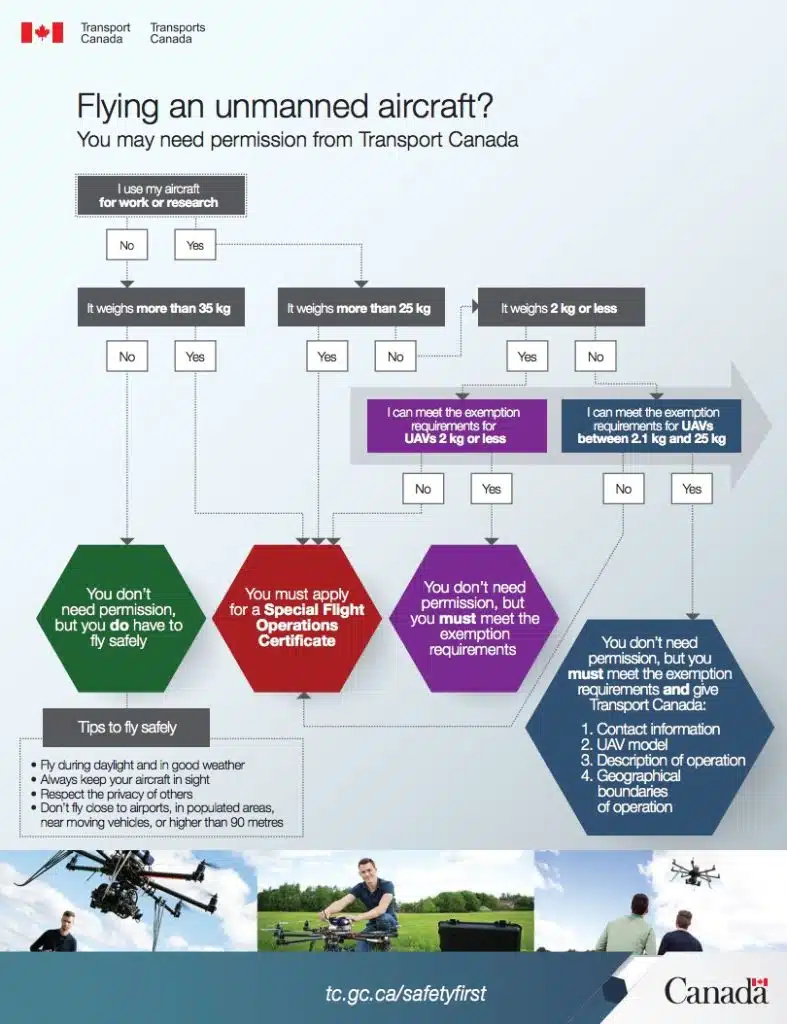
canadian transportation act review
- New Liability Limits MC99
- Special Aviation Exemptions Issued to Ensure Critical Holiday Operations
- Simplifying Airspace Operations: Understanding AC 700-039 Issue 03 and RVSM Requirements

